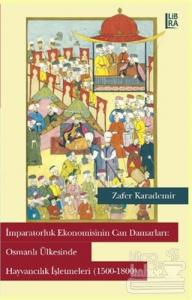
It is often suggested that all of the constituent groups of the Jewish Diaspora incorporated histories of persecutions and forced expulsions into their narratives of identity, even before the Holocaust and the foundation of the State of Israel in the 20th century. Is there indeed something unusual about the 'homeland-diaspora paradigm' as the phenomenon finds its embodiment in the Jewish context? Or does the Jewish Diaspora constitute a paradigmatic case for Diaspora Studies in general? Being rendered stateless and having a religion and cultural/ethnic identity that one can 'carry along' as one wanders from place to place--these appear to be the quintessential conditions for the making of the Jewish diasporic identity. Yet, these qualifiers also constitute a generic framework for diasporic existence of many other groups. If so, what is unique and what is comparable about the forced expulsions and persecutions throughout the centuries that resulted in substantial shift of the centers of Jewish life from Judea and Babylonia to the Ottoman Middle East, Europe, Asia, and finally the Americas? This edited volume is an attempt to answer these questions in a comparative context. It is a compilation of articles written by a group of scholars coming from different disciplines and yet all with a keen investment in Jewish and Diaspora Studies.
It is often suggested that all of the constituent groups of the Jewish Diaspora incorporated histories of persecutions and forced expulsions into their narratives of identity, even before the Holocaust and the foundation of the State of Israel in the 20th century. Is there indeed something unusual about the 'homeland-diaspora paradigm' as the phenomenon finds its embodiment in the Jewish context? Or does the Jewish Diaspora constitute a paradigmatic case for Diaspora Studies in general? Being rendered stateless and having a religion and cultural/ethnic identity that one can 'carry along' as one wanders from place to place--these appear to be the quintessential conditions for the making of the Jewish diasporic identity. Yet, these qualifiers also constitute a generic framework for diasporic existence of many other groups. If so, what is unique and what is comparable about the forced expulsions and persecutions throughout the centuries that resulted in substantial shift of the centers of Jewish life from Judea and Babylonia to the Ottoman Middle East, Europe, Asia, and finally the Americas? This edited volume is an attempt to answer these questions in a comparative context. It is a compilation of articles written by a group of scholars coming from different disciplines and yet all with a keen investment in Jewish and Diaspora Studies.











